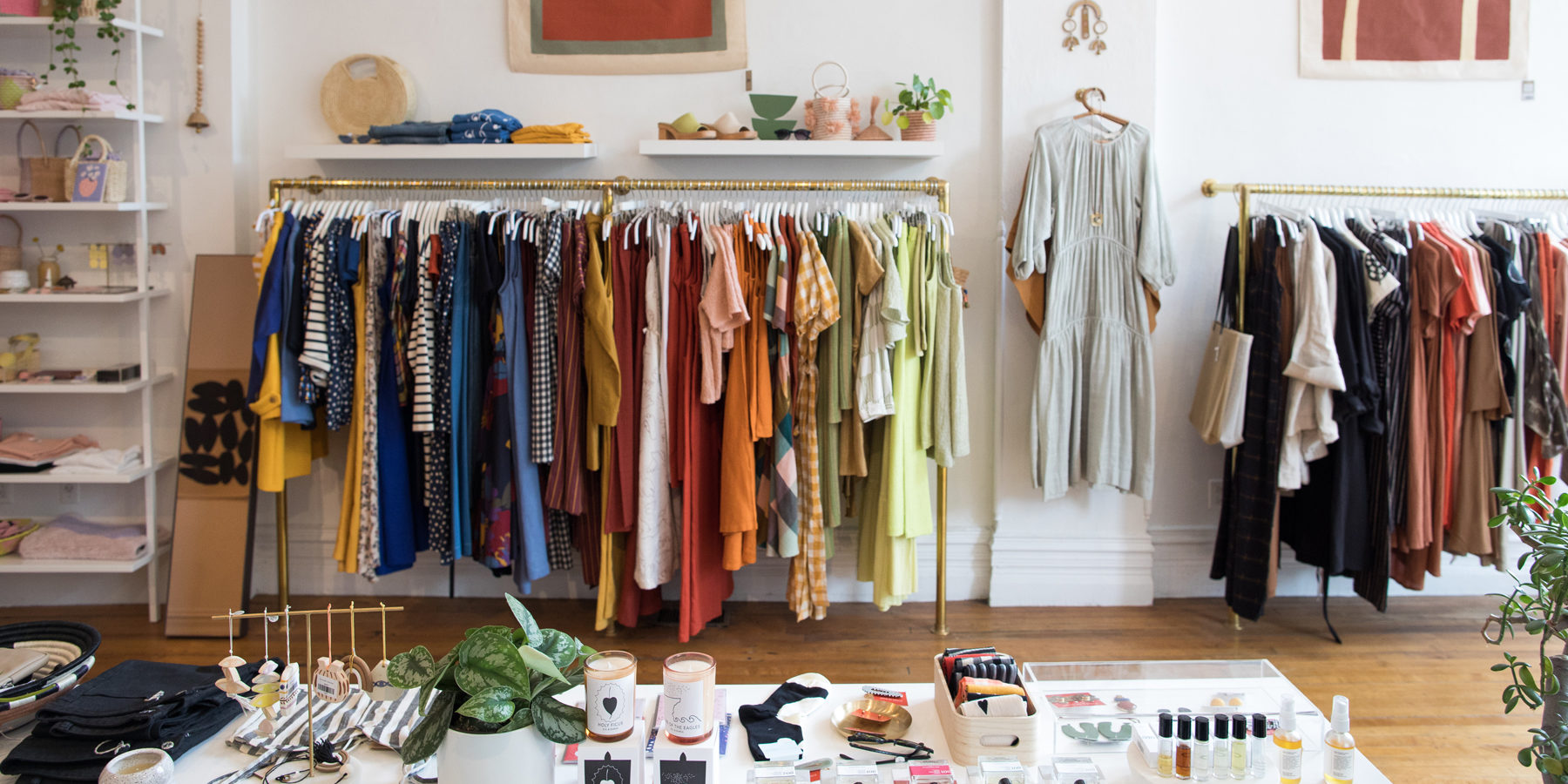A Novice's Guide to Navigating the Boutique Fashion Scene
A Deep Study the World of High-Fashion Runways: Recognizing Clothes as Art
High-fashion paths have actually become fields where garments transcends its practical beginnings, progressing right into an advanced type of creative expression. Developers, just like skillful musicians, weave elaborate narratives through material, type, and color, challenging conventional norms and redefining beauty standards. These shows are greater than mere displays; they are immersive experiences, where every stitch and joint narrates abundant with social importance and avant-garde innovation. As we discover these sartorial spectacles, we must contemplate: what duty does fashion play fit social worths, and exactly how does it reflect the ever-changing tapestry of human feeling and identification?
The Evolution of Runway Shows
The trajectory of runway shows has actually changed considerably over the decades, evolving from exclusive industry occasions to exciting eyeglasses that mix style with art. Commonly, runway programs made love affairs, held in ateliers or tiny locations, largely participated in by purchasers and industry insiders. These very early presentations concentrated on the garments' craftsmanship and industrial stability, supplying a useful and straight display of seasonal collections.
As the fashion market expanded, the nature of runway programs started to alter. The 1970s and 1980s marked a turning point, with developers seeking to identify themselves through more theatrical presentations.
In recent times, innovation and social media sites have additionally revolutionized runway shows, making them accessible to a worldwide target market. Livestreaming and electronic platforms have democratized fashion, allowing lovers worldwide to witness these events in real-time (boutique fashion). This development reflects a broader social shift, where high-fashion runways serve as a vibrant crossway of design, efficiency, and technology
Designers as Visionary Artists
How have developers transcended their duties to become visionary artists? Developers in the high-fashion sector have blurred the lines in between practical garment development and the conceptual realm of art. This transformation appears in the method they approach their collections, not just as apparel however as profound expressions of identification, feeling, and culture. By embracing artistic techniques such as sculpture, paint, and avant-garde setups, developers craft garments that challenge traditional style norms and elevate them to art forms.
Visionary designers attract ideas from a myriad of sources, consisting of abstract art, historic references, and individual stories. They possess a distinct ability to imagine and appear ideas that push the borders of conventional fashion, often redefining aesthetic standards at the same time. This creative ingenuity is showcased with dramatic silhouettes, ingenious products, and detailed craftsmanship, which invite customers to experience style as even more than just wearable things.
In addition, the runway functions as a canvas for these musicians, where lighting, music, and established style coalesce to create immersive experiences. These discussions are not just screens of clothes yet are orchestrated performances that stimulate feeling and prompt idea, attesting the developer's role as a true musician in the modern social landscape.
Cultural Influences in Style
Social tapestry weaves its elaborate patterns right into the textile of style, affecting developers globally. The vibrant interchange of cultural tales, practices, and signs educates and motivates collections that grace high-fashion paths. Designers carefully draw from their heritage or engage with societies distinctive from their own, crafting garments that act as visual narratives. This social discussion not only enriches the aesthetic diversity but likewise promotes a deeper understanding and admiration of global identifications.
The influence of society on fashion is often seen in the reinterpretation of typical garments and patterns. The usage of Japanese kimonos, Indian saris, or African prints in modern style shows a mix of cultural credibility and modern appearances. Developers such as Valentino's Pierpaolo Piccioli and Alexander McQueen's Sarah Burton have been recognized to incorporate rich cultural themes into their couture collections, converting history into wearable art.

Innovation in Textile and Style
Development in material and design regularly improves the landscape of high-fashion, pressing limits and redefining possibilities. In the last few years, technological improvements have dramatically contributed to this advancement, presenting products that challenge traditional understandings. Textiles embedded with smart fibers, efficient in transforming color or regulating temperature level, are no much longer restricted to the world of scientific research fiction. Designers are increasingly exploring the combination of modern technology, such as 3D printing, which permits the production of intricate frameworks that were formerly inconceivable.
Furthermore, sustainability has actually ended up being a crucial motif in fabric innovation. The apparel industry is experiencing a rise in using environment-friendly products, derived from recycled plastics, organic fibers, and also biodegradable parts. These developments not just provide new structures and aesthetic appeals yet also address critical ecological concerns. Designers are welcoming these products to craft garments that are both visually striking and aware of their environmental footprint.
In regards to style, speculative forms and progressive silhouettes are continually transforming the runway. By Recommended Reading including sophisticated techniques and unique materials, designers cultivate garments that obscure the line in between fashion and art, establishing brand-new requirements for creativity and expression in the high-fashion sphere.
Effect of Style on Society
Style wields an extensive impact on society, serving as both a reflection of social identity and a catalyst for social adjustment (boutique fashion). Via its development, fashion has actually mirrored societal changes, encapsulating the zeitgeist of numerous eras.
Furthermore, fashion has the power to bridge social gaps, promoting understanding and gratitude amongst varied groups. As globalisation increases, the cross-cultural exchange of fashion ideas becomes increasingly substantial, promoting inclusivity and variety. The surge of streetwear, originating from city subcultures, shows how style can go beyond socio-economic boundaries, approving individuals a way of self-expression and empowerment.
Fundamentally, style is not simply concerning appearances; it is a vibrant pressure that affects values, mindsets, and social progression (boutique fashion). By continuously engaging with social and social currents, fashion continues to be an indispensable part of the collective human experience

Verdict
High-fashion runways work as vibrant sectors where clothing transcends functionality to come to be a meaningful art kind. Developers, akin to visionary musicians, coordinate collections that mirror identification, feeling, and social narratives, page challenging traditional aesthetic appeals. The combination of innovative material and design, coupled with elaborate set styles, illumination, and music, creates immersive experiences that celebrate multiculturalism. This junction of style and creativity not just captivates target markets globally however likewise influences societal perceptions and promotes a much deeper recognition for multiculturalism.

Cultural tapestry weaves its detailed patterns right into the fabric of fashion, affecting developers internationally.Style wields a profound influence on culture, serving as both a reflection of cultural identity and a driver for social adjustment.